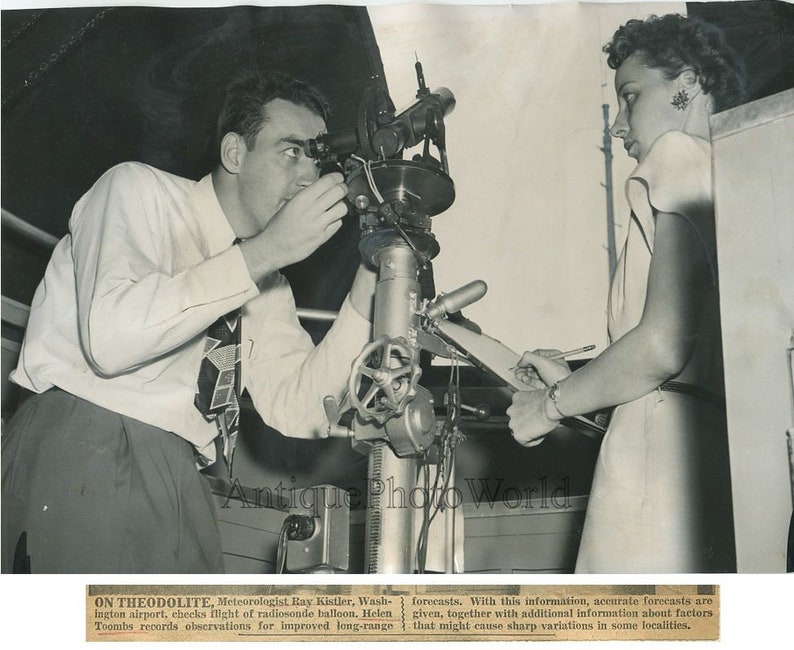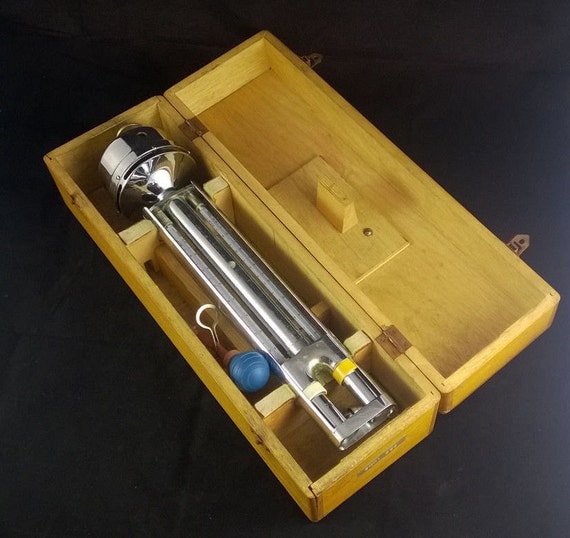

NOAA also uses data from satellites operated by other agencies and countries. NOAA operates three types of weather satellites. Polar orbiting satellites orbit the Earth close to the surface, taking six or seven detailed images a day. Geostationary satellites stay over the same location on Earth high above the surface taking images of the entire Earth as frequently as every 30 seconds. Deep space satellites face the sun to monitor powerful solar storms and space weather. Weather Satellites monitor Earth from space, collecting observational data our scientists analyze. Doppler radar detects all types of precipitation, the rotation of thunderstorm clouds, airborne tornado debris, and wind strength and direction. and partial coverage of Alaska, Hawaii, Puerto Rico and Guam. With 159 radar towers across the United States, NOAA’s National Weather Service has comprehensive coverage of the continental U.S. “We need to diagnose the current state of the atmosphere as best we can before we can attempt to forecast.”Ĭurrently the NOAA (National Oceanic Atmospheric Administration) uses six tools to best predict and track storms.ĭoppler Radar is the meteorologist’s window into observing severe storms. “You go to the doctor, you tell the doctor your symptoms and the doctor makes a diagnosis before he makes a prognosis,” Carbin told LiveScience. To accurately, or as accurately as possible, create these forecasts, meteorologists use combined observations from atmospheric sensors, weather balloons, radar, satellites, and aircraft, monitoring with complex computer models to predict when a storm will form, where it will strike, and its severity.įorecasting a storm is a lot like practicing medicine, said meteorologist Greg Carbin at the National Oceanic and Atmospheric Administration’s (NOAA) Storm Prediction Center (SPC) in Norman, Okla. No matter what type of weather, a hurricane, tornado or thunderstorm – predicting how strong a storm will be is part science and part art – and wouldn’t be possible without sophisticated measurement and forecasting technology. With improved predictability of impending severe weather, people would be able to prepare, or get out of harm’s way, could potentially improve agricultural yields, reduce aircraft delays, ship goods to market in a more efficient manner, and more.

Earlier severe storm warnings, more detailed seasonal precipitation forecasts, and improved weather prediction capabilities are all critically important to public safety, national security, and economic growth.


 0 kommentar(er)
0 kommentar(er)
